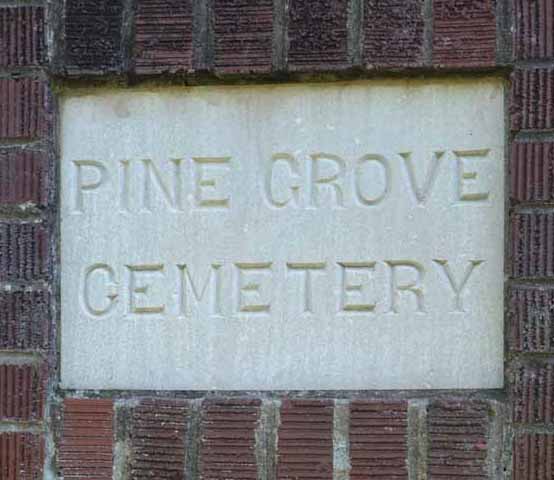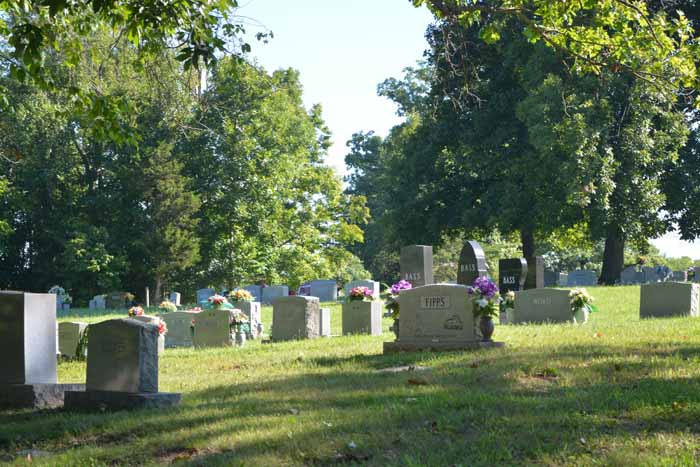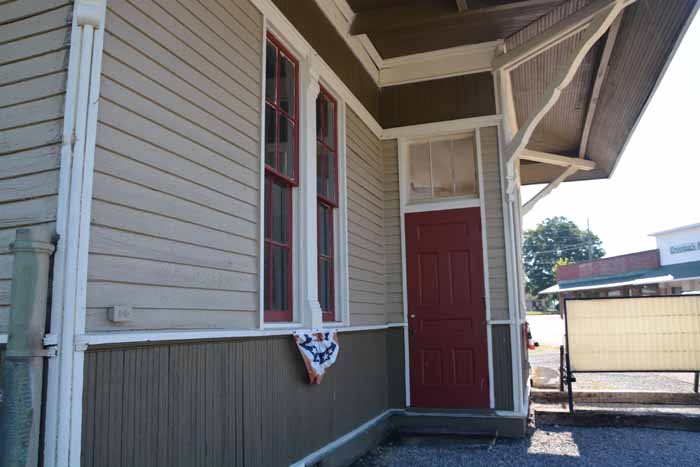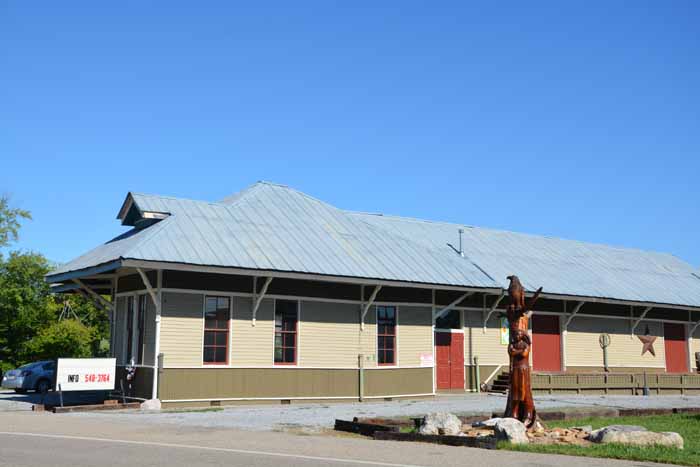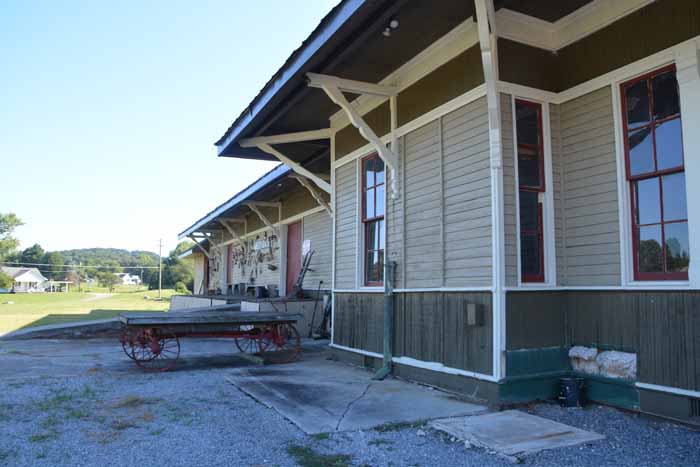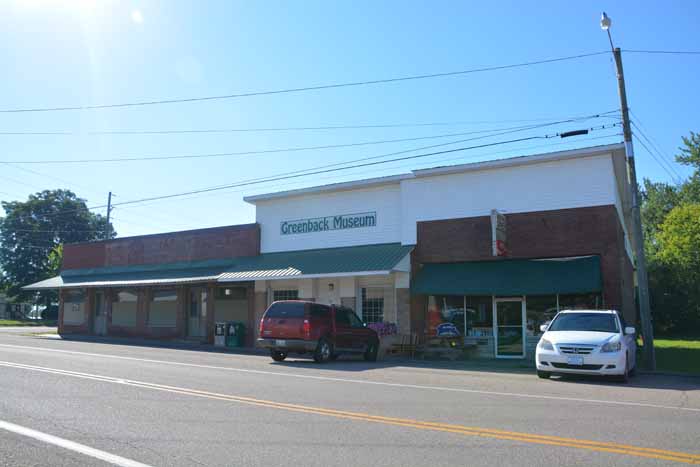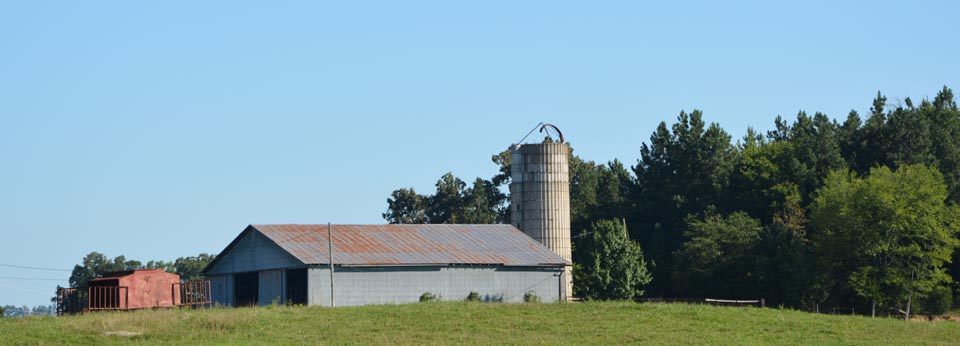
Greenback
For thousands of years, Native Americans hunted and camped along the banks of the Little Tennessee River. The Icehouse Bottom site, located a few miles southwest of Greenback, is believed to have been inhabited as early as 9,000 years ago.[4] By the 18th century, the villages of the Overhill Cherokee dominated the river, stretching from the village of Tallassee (near modern Calderwood) to Mialoquo (near the modern US-411 bridge).[5]
An important crossing of the Little Tennessee, Morganton Ferry (initially called "Wear's Ferry"), was established in the late 18th century, and had grown into a small community known as "Portville" by 1810.[6]The community was chartered as "Morganton" after local merchant Gideon Morgan in 1813. Around this time, the Tellico agent relocated to Fort Southwest Point (now Kingston), and a road quickly developed between this fort and Maryville. Since the road crossed the Little Tennessee at the Morganton Ferry, the road became known locally as Morganton Road.[7] (Used under Wikipedia Creative Commons Attribution-ShareAlike License)
When Loudon County was created in 1870, Greenback was in the part of Blount County that was transferred to Loudon County. (my note)
In 1876, Lorenzo Thompson established Thompson's Stand, a general store located a few miles east of modern Greenback. In 1882, Thompson applied for federal post office. He initially hoped to use the name "Thompson's Station," but the name was already in use. After several other names were rejected, Thompson settled on "Greenback," a name inspired by the local Greenback Party politician, Jonathan Tipton.[10]
(Photo source:The Official Railway Guide: North American Freight Service Edition, National Railway Publication Company, 1897, p. 719)
In the late 1880s, the Knoxville Southern Railroad (not to be confused with the larger Southern Railway) began building a rail line connecting Knoxville with Blue Ridge, Georgia. Developers bought up the land surrounding this railroad's intersection with Morganton Road with plans to develop a town, initially known as "Allegheny" after the resort hotel to the south. Lots were sold, and a depot was constructed in 1891. Thompson moved his post office, still known as "Greenback," to the Swanay Brothers Store in the new town. The name "Greenback" gradually came to be favored over "Allegheny," and the railroad changed the name of the station to "Greenback" in 1897.[10]
By the late 1890s, Greenback had three stores, a barbershop, blacksmith shop, school, livery stables, a hotel, and two baseball teams (segregated between white and black players). The Knoxville Southern was purchased by the Marietta and North Georgia Railroad, which was in turn purchased by the Atlanta, Knoxville and Northern Railroad in 1895. The Louisville and Nashville Railroad (L&N), which was building a rail line between Cincinnati and Atlanta, purchased the Atlanta, Knoxville and Northern in 1902. The L&N's Greenback Depot, completed in 1914, still stands in Greenback.
Prior to the Great Depression, thirty-four commercial buildings were constructed in Greenback. Over half of these, however, were destroyed in a series of six major fires during this period.[10] Though the community's growth slowed, Greenback was officially incorporated in 1957, with Glenn McTeer as its first mayor. A community center— built by the town's residents with no outside help or outside funding— was completed in 1978. It now houses a library, the city hall, and recreational facilities.[11] (Used under Wikipedia Creative Commons Attribution-ShareAlike License)
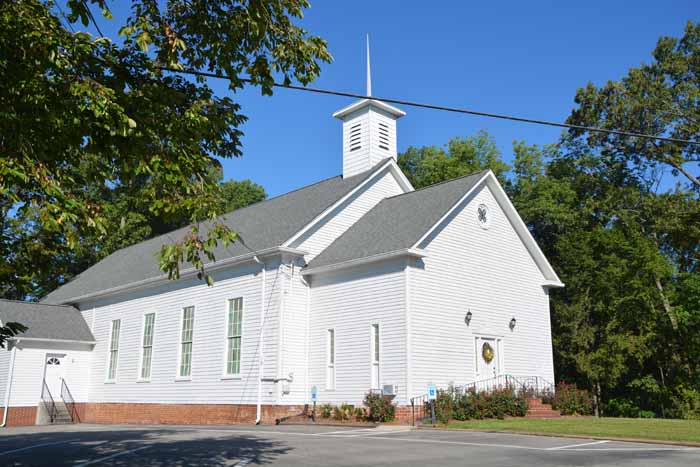
Pine Grove Presbyterian Church
